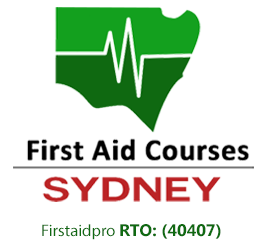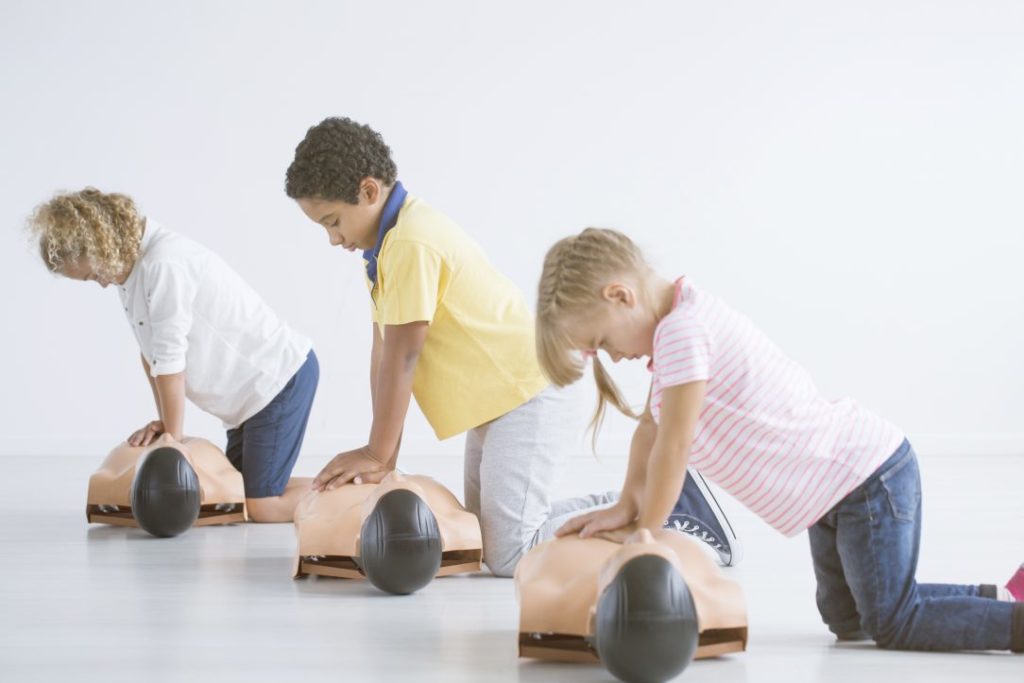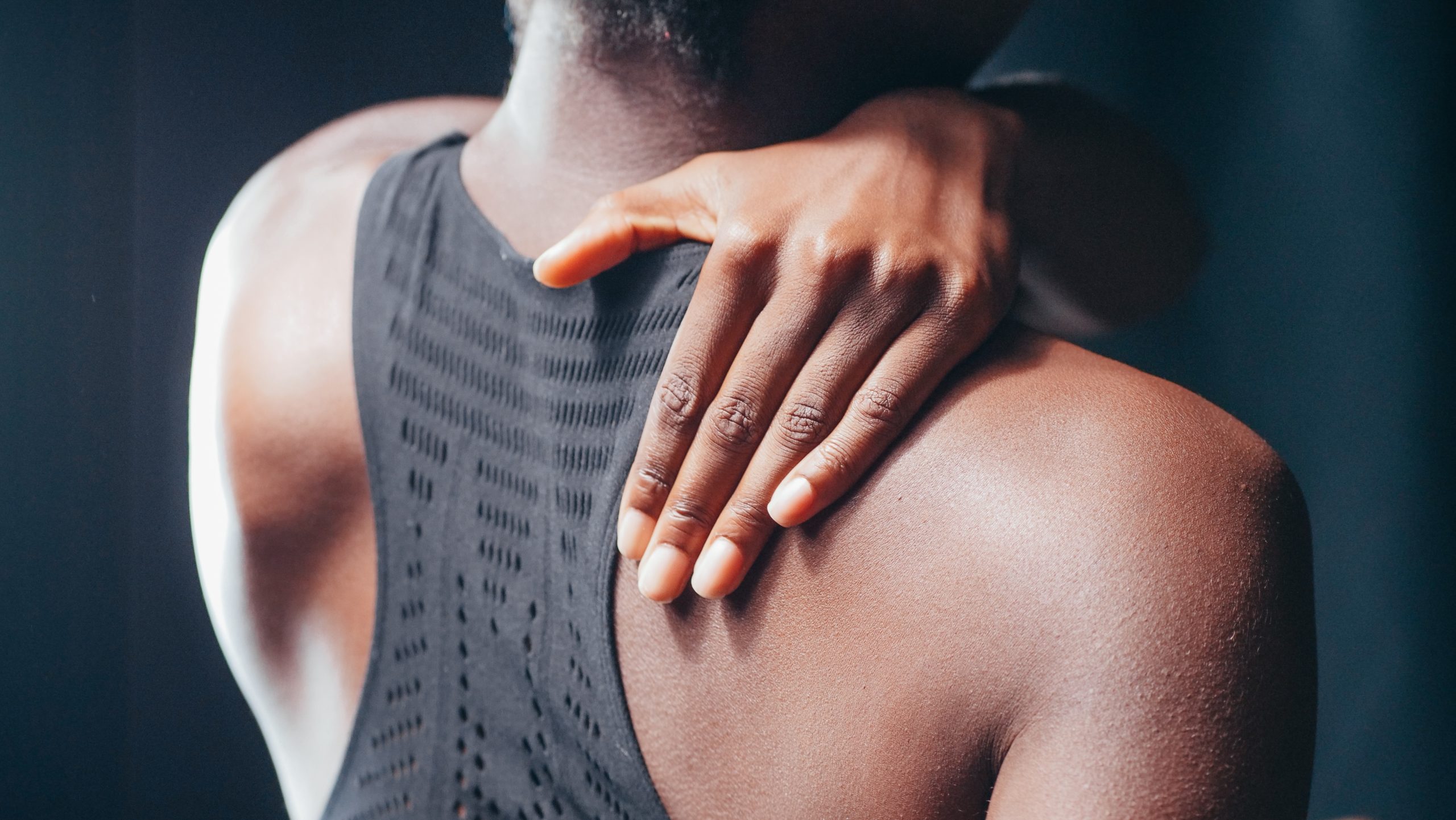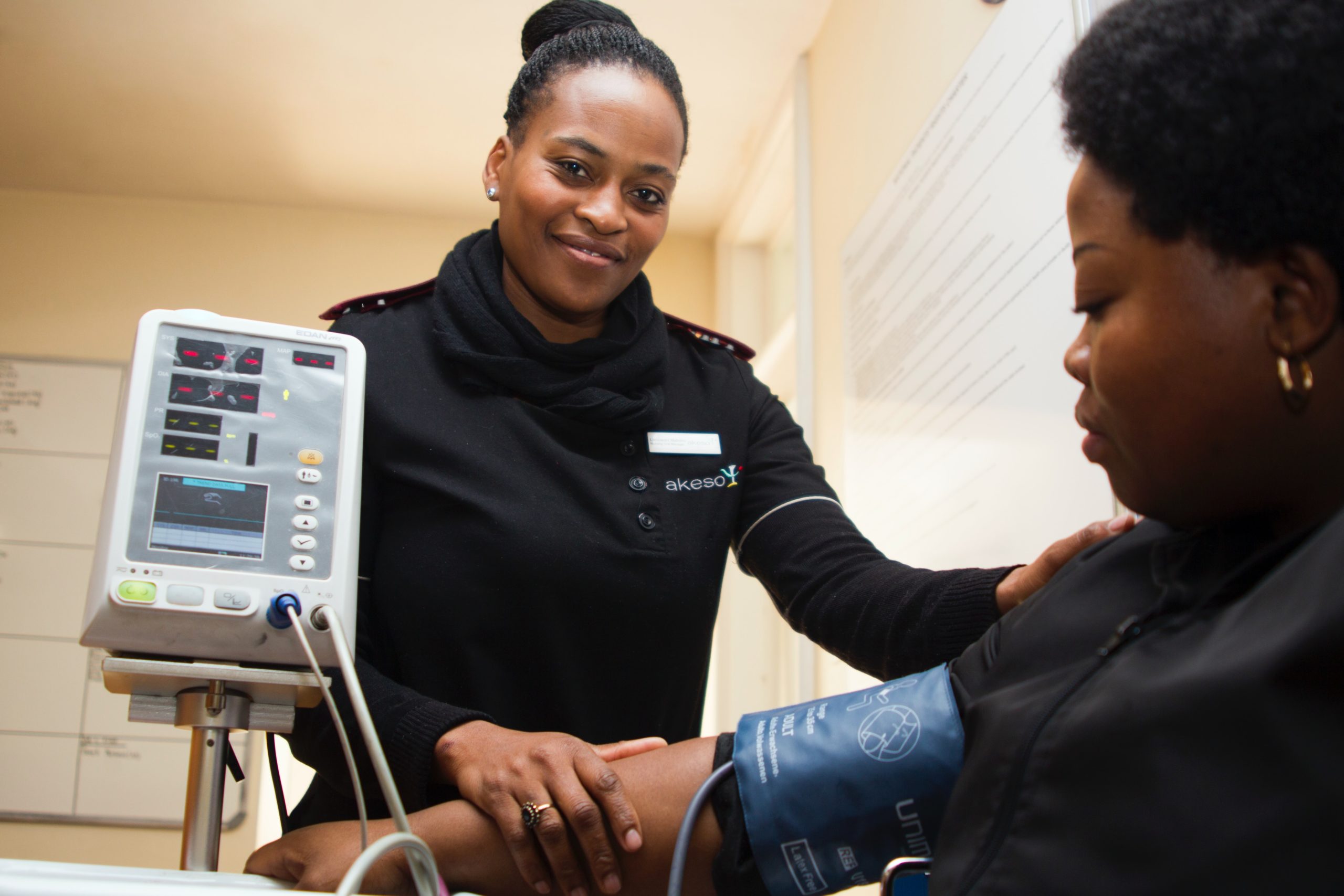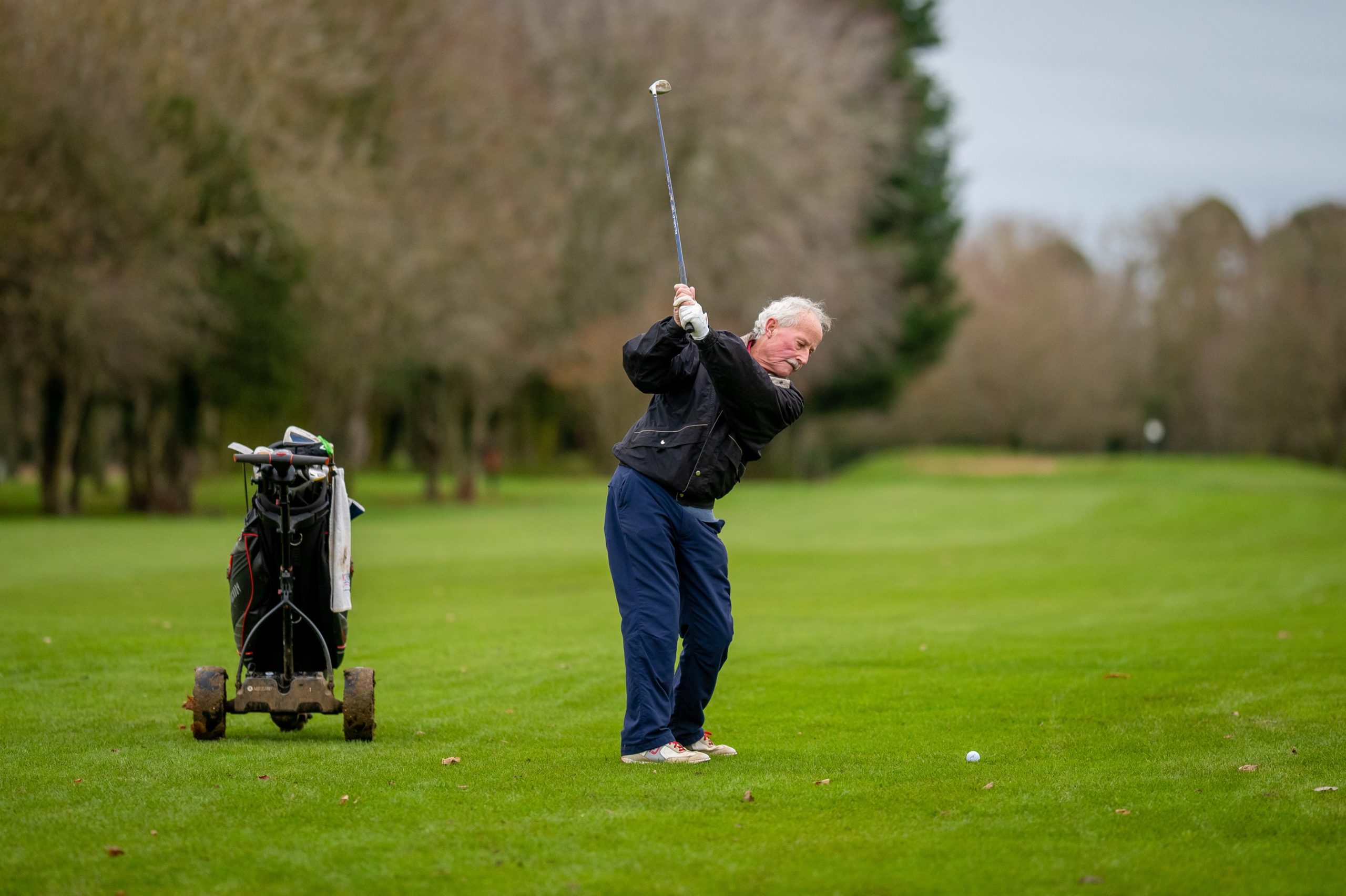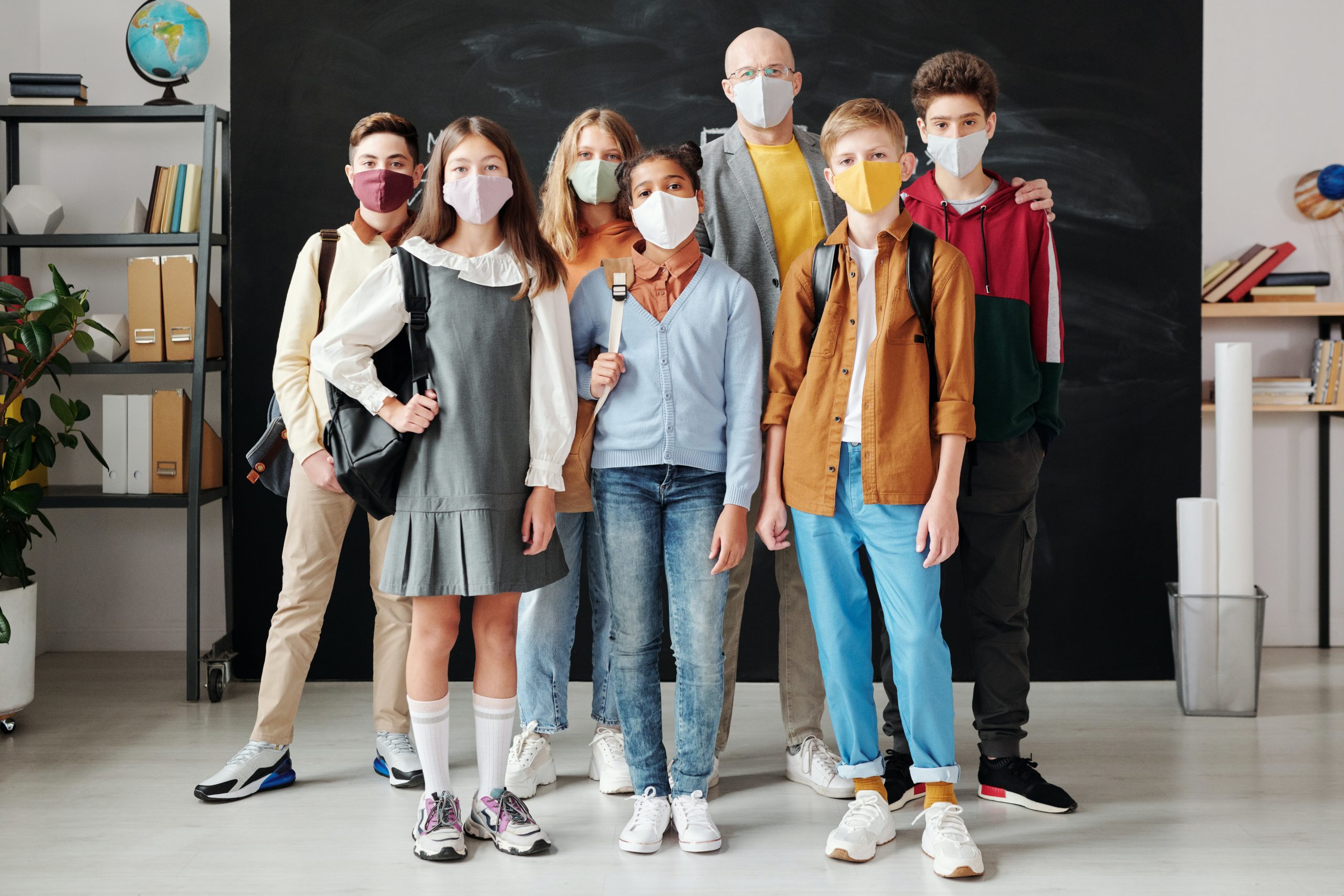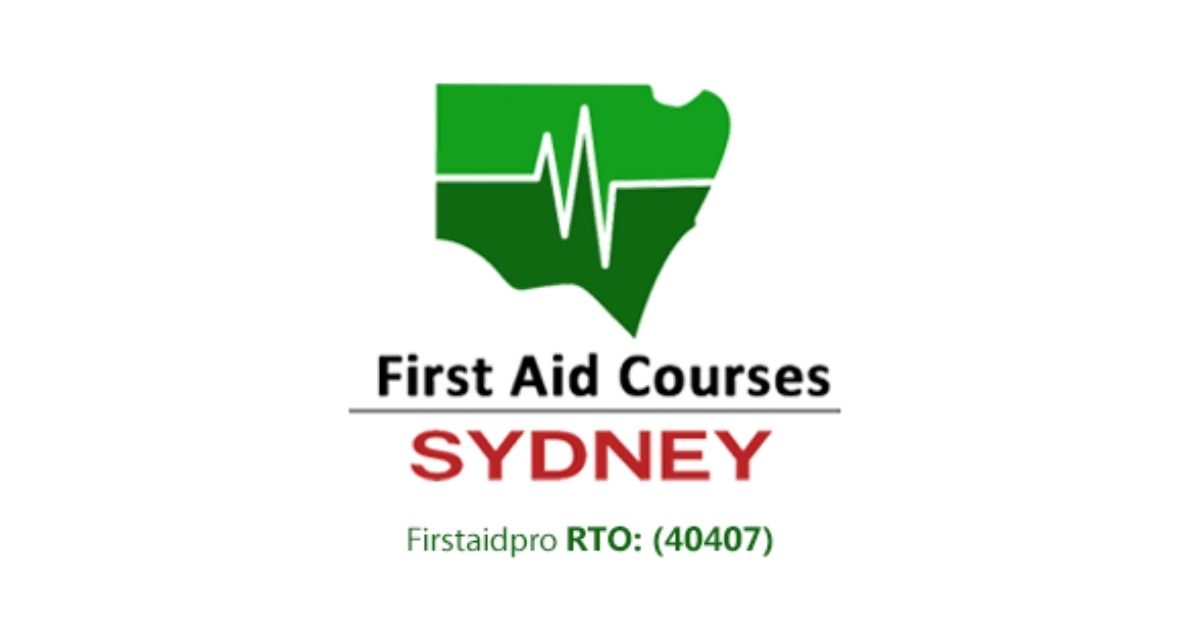The ideal time to start teaching kids about First Aid is as early as possible. Learning and possibly, performing simple first aid can be made interesting to children. Introducing the topic of First Aid at the earliest possible stage will help children grow their understanding and effective application of first aid skills.
As parents, it is normal for us to sometimes think and talk about potential worst-case scenarios when the kids are at school or out anywhere. Whilst we try our hardest to shield them, children are exposed to risks and hazards as they go about their daily lives. Children are vulnerable everywhere to different types of injuries.
This is backed up by statistics released by the World Health Organisation (WHO Global Burden of Disease 2004 update) that an injury killed over 950 000 children under the age of 18. 90% of the said cases were unintentional injuries and are the leading cause of death for children 0 to 19 years of age.
There is also high morbidity associated with injuries that occur during childhood. It equates that there is an equivalent of several thousand children who live on with varying degrees of disabilities for every injured child fatality.
A large proportion of these unintentional injuries (falls, burns, drowning, and poisoning) occur either at home, at schools, or in leisure environments.
We won’t always be nearby when our children get hurt, and even when we try to avoid mistakes and do everything right, accidents still happen. Teaching them about safety must start as early as possible, especially at home.
There are many areas of safety you can teach your children, which can make them aware of dangers and safely handle injuries that may occur. Here are basic life skills you can teach your children at home that can enormously impact their overall safety and first aid preparedness.
1. When and How to Call an Ambulance
“Have an emergency? Call Triple Zero (000).”
When children are old enough to know their numbers, teach them how and when to make calls. This should be at the top of the list of all the first aid skills you can teach your child. Let them know that if they are unsafe, majorly injured, or see someone who is, calling 000 should always be the course of action.
Teach them how to…
- Make an SOS call by pressing the number on the phone’s keypad.
- Access the password to the smartphone.
- Indicate the button to press to make a call.
- Memorise the home address.
Aside from the National Emergency Hotline, have them familiarised with other emergency services numbers. List them on a piece of paper and put it up where the kids and entire family can see.
Here is a basic list of emergency numbers:
National Emergency Number – 000
International standard emergency number – 112
State Emergency Services (SES) - Storm and Flood assistance – 132 500
Mental Health Helpline – 13 11 14
2. How to Stop a Bleed
Cuts and scrapes are common injuries in children at home, at school, or out in the playgrounds. Knowing how to treat them and stopping any bleeding involved is the next step towards safety.
Let them know that if ever they cut themselves or see someone bleeding, they can step up and help.
Here are the steps they can take to stop a bleed:
- Put pressure on the wounded area using a wadded-up cloth with the base of their hand. If no cloth or bandage is available, the use of their bare hands works also.
- If the blood soaks through, apply another layer of cloth or bandage
- If the cut involves heavy bleeding or is a particularly large wound, call 000.
3. How to Treat a Burn
Curious hands often lead to unexpected accidents, and when a burn occurs, does your child know how to respond appropriately? Teach your child how to treat a burn should they ever touch the oven, a hot stovetop, a curling iron, or any other heated surface.
Teach them how to cool a burn:
- Run the burned area under cool, clean water.
- Clean any visible wound, slather it with aloe vera or other ointments for the burn.
- Cover it using a cool, wet towel and call an adult for help.
4. How to Treat a Nosebleed
Nosebleeds are a common occurrence in all ages, especially in younger children. Most nosebleeds stop with minor interventions, and teaching kids how to treat a nosebleed is a great skill for them to have if they ever experience one without the supervision of an adult.
Here’s what to do:
- Sit in a slightly forward position
- Pinch the nose area near the nostrils (not on the bridge) tightly to stop the blood flow
- Call 000 if the bleeding lasts for more than 15 minutes
5. How to do CPR
The simple measure of teaching your children CPR could save lives.
The European Resuscitation Council suggested that “the optimal age to start teaching cardiac compressions is around 12 years.”
Though younger children below 12 may not have the physical strength to perform compressions and resuscitation, it is still beneficial to teach them what steps to take in an emergency. This includes how to recognise the signs of various emergency situations such as heart attack and cardiac arrest and how to activate emergency services.
For children 12 years old and above who can do proper CPR, teach them how to perform back blows, abdominal thrusts, and chest thrusts.
Back blows – giving firm blows between the person’s shoulder blades.
Abdominal thrusts – giving upward thrusts just above the person’s belly button.
Chest trusts – giving straight thrusts on the person’s chest.
6. How to perform CPR
- First, check for pulse and breathing. If no pulse or signs of breathing are detected, start CPR.
- Perform 30 chest compressions.
- Perform two rescue breaths.
- Repeat the cycle until emergency help arrives.
Remember to keep calm and comfortable when teaching these first aid skills, as this will help your children pick up and remember such skills in emergencies. Using everyday situations and involving them in hands-on practice is the best way for them to learn.
Empowering the children is one of the best ways to keep them safe and equip them in times of need.
